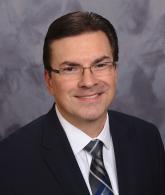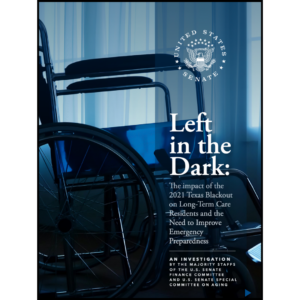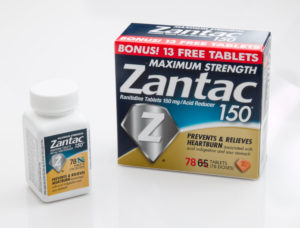The essential components of preparedness and compliance
As dramatic images of the Costa Concordia tragedy were broadcasted on media outlets worldwide, people appeared to be stunned by the enormity of this maritime disaster and allegations that people on board the now infamous cruise ship were unprepared for such an event.
A common theme that seems to be emerging during the investigation is that the crew may not have been sufficiently prepared to evacuate passengers during an emergency. While it may be a stretch to compare this tragedy to the operations of your long-term care community, this incident clearly illustrates the need for a “culture of preparedness” within any organization.
Building design strategies and code compliance provide adequate safeguards to help ensure that a structure housing senior care can withstand perils like fire, severe weather and other natural or man-made threats. Rather, it is often the necessary levels of preparedness and an established safety culture that have not been integrated into a healthcare facility’s operations.
Preparedness and safety are not to be ignored. They determine how successfully an adverse event may be mitigated. And in long-term care communities, emergency procedures training, fire drills and disaster exercises are required by federal, state and local regulations.
Regular training protocols are essential to ensure that the staff of a facility is prepared to respond to any emergency situation. While training regimens may become tedious for well-seasoned employees who have been in a particular position for a long period of time, the unexpected nature of a crisis or disaster requires that staff be prepared on a moment’s notice to respond to any emergency situation.
Equally as important, persons responsible for administering training must be qualified and present regular sessions to employees on the wide variety of adverse events that are either likely to occur or unusual but still possible.
Fire drills are required in SNFs and some assisted living facilities at a frequency of one drill per quarter, per staff shift. These drills must be properly documented and conducted at unexpected times. The randomness of the drills helps to ensure compliance as facilities are often cited for conducting drills at predictable times throughout the calendar year.
Drills on the overnight shift while residents are sleeping can be conducted without the activation of the fire alarm system. For SNFs, sections 18.7 (new healthcare) and 19.7 (existing healthcare) of NFPA 101: Life Safety Code, 2000 edition provide specific guidance on fire drill requirements.
Disaster drills in LTC facilities are typically required in most states on either an annual or semi-annual basis. These drills should be designed to simulate potential disaster conditions that are consistent with a facility’s Hazard Vulnerability Assessment (HVA). An HVA is a process that identifies potential threats and perils that can impact a facility both internally and externally based on levels of probability. For maximum effectiveness, it is recommended that disaster drills be designed and implemented for realistic scenarios identified during the HVA process.
A disaster can happen anywhere at any time. LTC communities need to be prepared for fires, power failures, hurricanes, tornadoes, civil disobedience, workplace violence and a seemingly never-ending list of other potential scenarios that can impact the safety and security of residents, staff and visitors. The development of a robust culture of preparedness through comprehensive training, drills and exercises will help ensure that your community is ready to handle a crisis.
Stan Szpytek is the president of consulting firm Fire and Life Safety, Inc., in Mesa, Arizona, and is the Life Safety/Disaster Planning Consultant for the Arizona Health Care Association and California Association of Health Facilities. Szpytek is a former deputy fire chief and fire marshal with more than 30 years of experience in life safety compliance and emergency preparedness. For more information, visit www.emallianceusa.com or email Szpytek at Firemarshal10@aol.com.

Stan Szpytek is the president of consulting firm Fire and Life Safety, Inc., in Mesa, Arizona, and is the Life Safety/Disaster Planning Consultant for the Arizona Health Care Association and California Association of Health Facilities. Szpytek is a former deputy fire chief and fire marshal with more than 35 years of experience in life safety compliance and emergency preparedness. For more information, visit www.emallianceusa.com or email Szpytek at Firemarshal10@aol.com.
Related Articles
Topics: Articles , Disaster Preparedness , Regulatory Compliance , Risk Management










